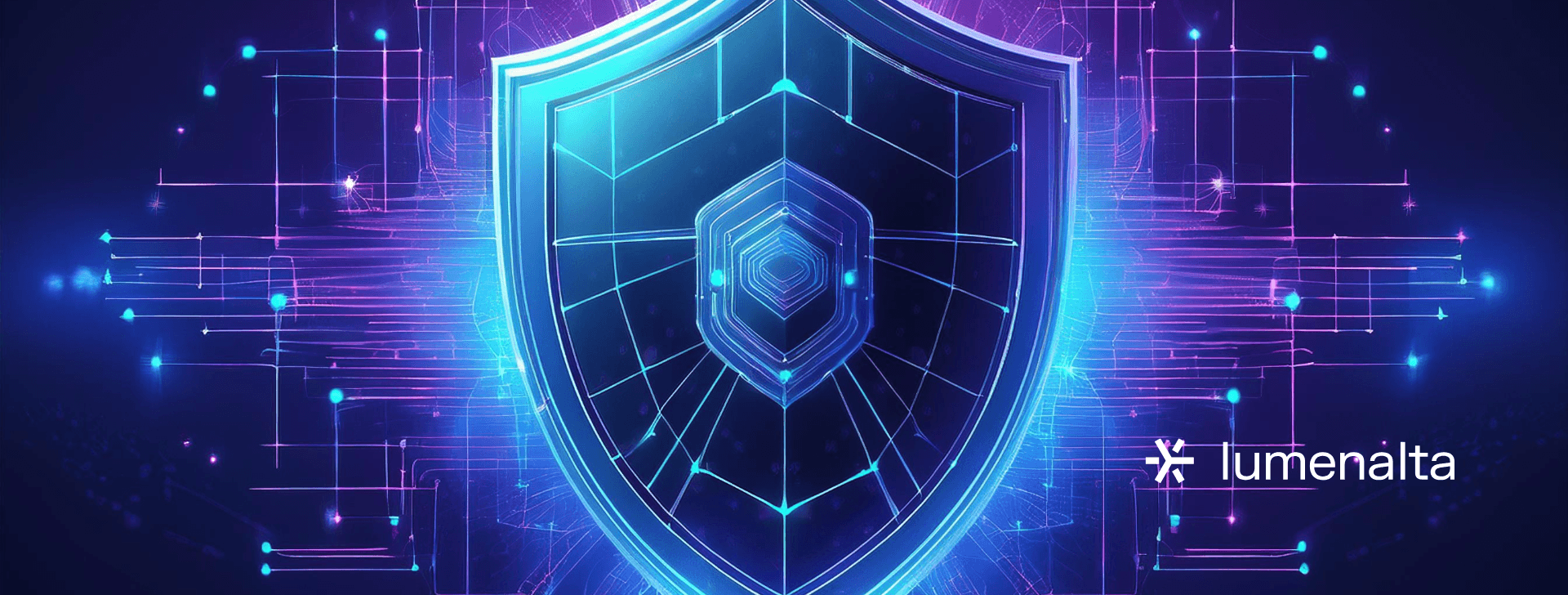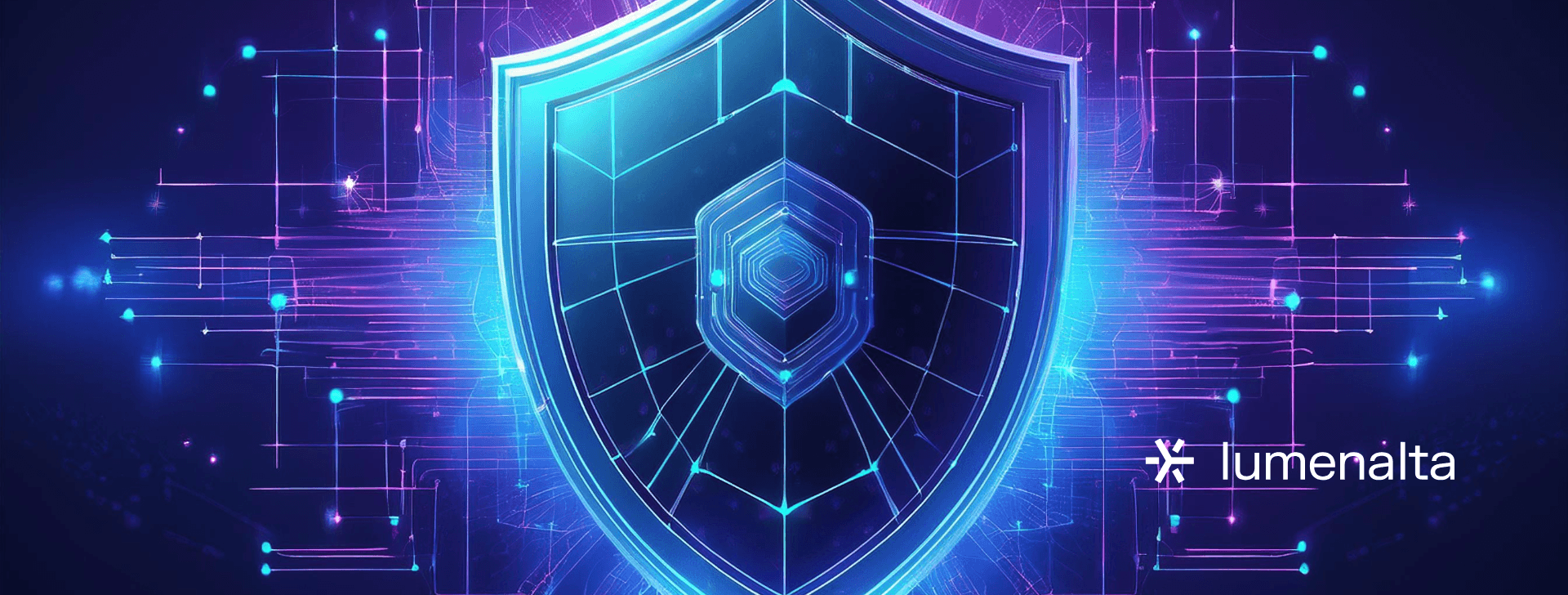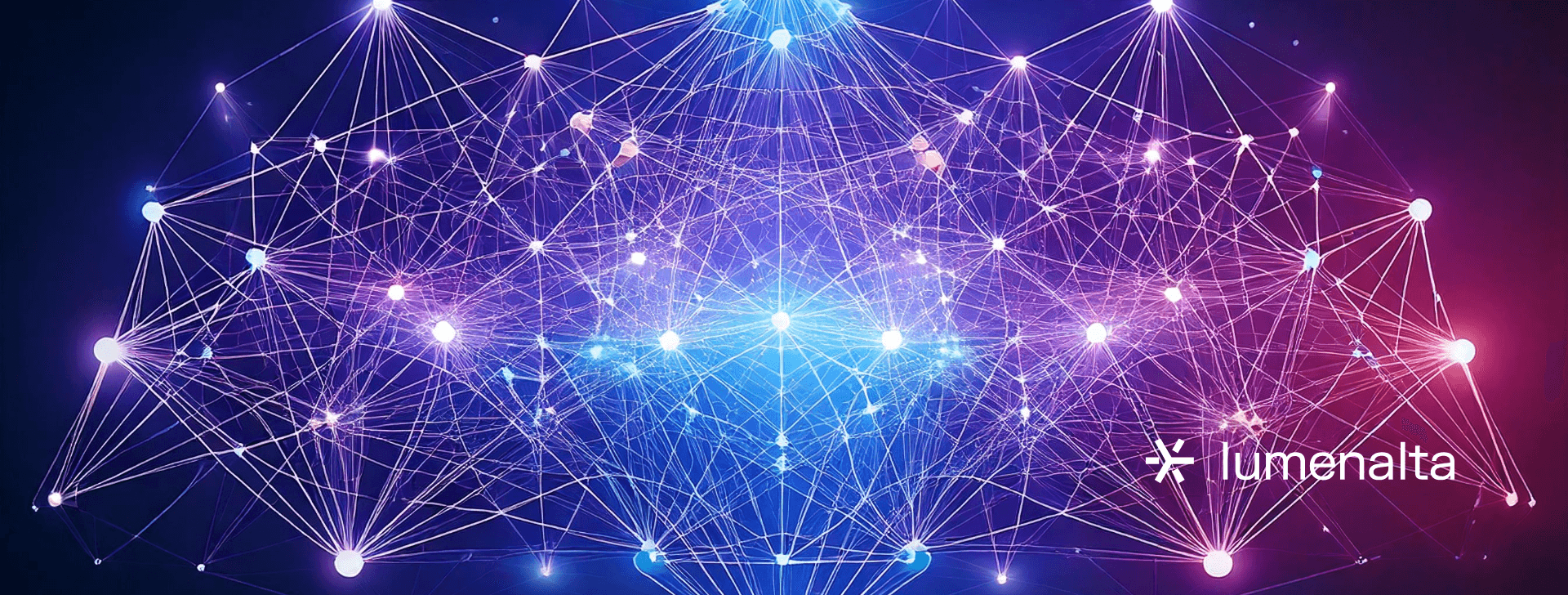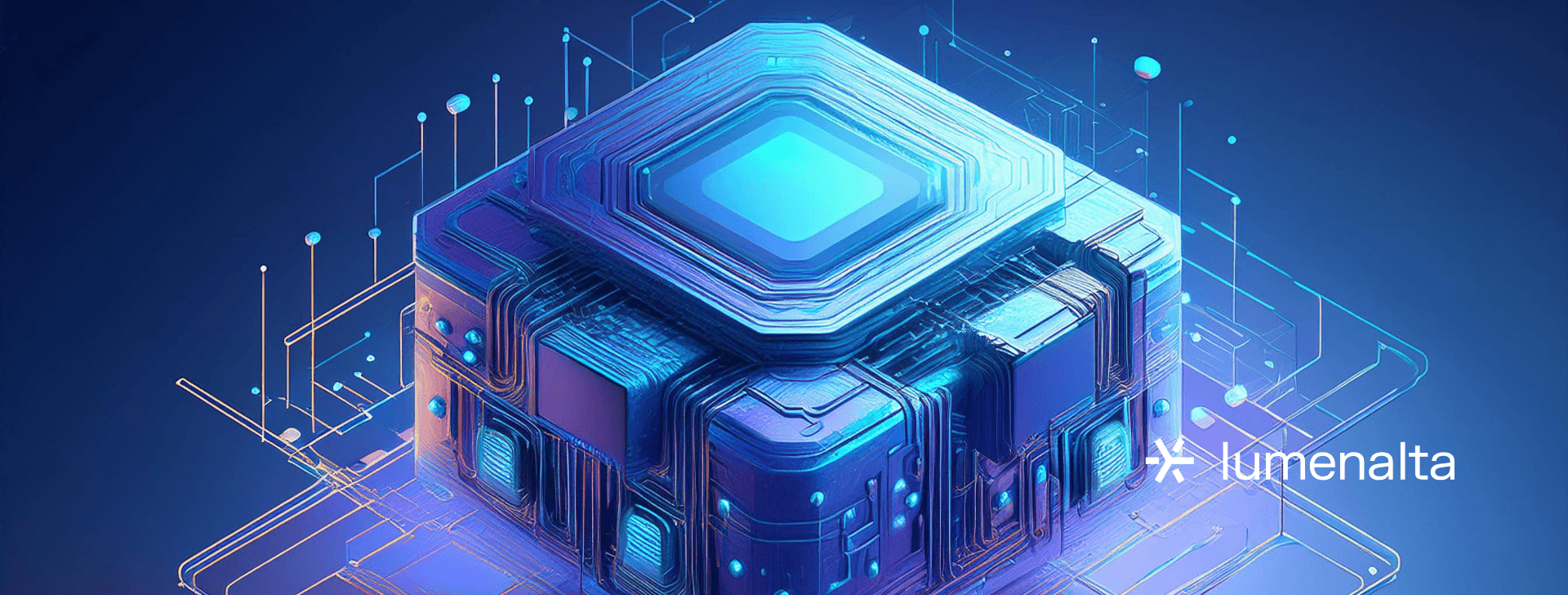As data security risks increase, businesses need strong measures to safeguard financial records, customer data, and proprietary assets. Without the right protections in place, organizations face compliance violations, financial losses, and reputational damage. The most effective solutions monitor, classify, and control data movement across networks, cloud platforms, and endpoints, reducing exposure risks while supporting operational efficiency. Understanding DLP solutions' key features and capabilities helps businesses make informed security decisions.


5 data loss prevention solutions in 2025
FEB. 21, 2025
5 Min Read
Data loss prevention (DLP) solutions protect sensitive information from accidental leaks, unauthorized access, and cyber threats.
Key takeaways
- 1. Data loss prevention solutions protect sensitive information by monitoring, classifying, and controlling data movement across networks, cloud platforms, and endpoints.
- 2. Strong DLP solutions help organizations maintain compliance by enforcing security policies that align with industry regulations and data protection laws.
- 3. Features such as content inspection, policy enforcement, and real-time monitoring reduce the risk of unauthorized access and accidental data leaks.
- 4. The best DLP solutions integrate with existing security infrastructure, ensuring seamless protection across multiple systems without disrupting business operations.
- 5. Selecting the right solution requires evaluating security needs, scalability, and compliance requirements to maximize protection and operational efficiency.
What is data loss prevention?

Protecting sensitive information from exposure, theft, or unauthorized access is a top priority for organizations handling financial data, customer records, and proprietary business information. Cyberattacks, insider threats, and accidental leaks continue to increase, making it necessary to have strong security measures in place. Data loss prevention solutions help organizations enforce strict controls over confidential data to reduce financial risks and compliance violations.
DLP solutions detect, monitor, and control data movement across networks, endpoints, and cloud applications. These tools classify information based on sensitivity and apply security policies that prevent unauthorized sharing or access. Advanced features such as contextual analysis, encryption, and real-time monitoring help protect high-value data from both external breaches and internal threats. Organizations use DLP solutions to maintain compliance with industry regulations, reduce financial loss, and strengthen overall security strategies.
A proactive approach to data protection allows organizations to minimize operational disruptions, protect their reputation, and avoid costly penalties. As cyber threats become more sophisticated, preventing unauthorized data exposure is no longer optional. Strong DLP solutions help secure critical assets while maintaining business continuity, making them a necessary investment for any organization handling sensitive information.
"Unauthorized data access, insider threats, and accidental leaks pose significant financial and legal risks. Strong data loss prevention solutions provide a targeted approach to securing confidential information, helping organizations manage compliance requirements while maintaining operational efficiency."
Key features of DLP solutions

Protecting sensitive information requires more than just firewalls and antivirus software. Unauthorized data access, insider threats, and accidental leaks pose significant financial and legal risks. Strong data loss prevention solutions provide a targeted approach to securing confidential information, helping organizations manage compliance requirements while maintaining operational efficiency. A well-planned security strategy reduces the risk of exposure by applying controls that detect, monitor, and restrict data movement across multiple systems.
- Data classification: Identifies and labels sensitive information such as financial records, intellectual property, and personal data, allowing security policies to be applied based on sensitivity levels.
- Content inspection: Scans files, emails, and messages for specific data patterns, keywords, or structured information that match predefined security policies.
- Policy enforcement: Restricts, encrypts, or blocks data transfers that do not comply with company security protocols or regulatory standards.
- User activity monitoring: Tracks interactions with sensitive data to detect unauthorized access attempts or suspicious behavior that could lead to a breach.
- Cloud data protection: Expands security measures to cloud applications and storage platforms, reducing the risk of accidental exposure or unauthorized access.
- Endpoint protection: Secures laptops, desktops, and mobile devices by controlling how data is accessed, stored, and shared across different endpoints.
- Incident response and reporting: Provides alerts, forensic analysis, and detailed activity logs to support investigations and maintain compliance with security regulations.
A strong DLP solution adapts to varying threats while allowing businesses to focus on growth, innovation, and efficiency. Security strategies that integrate these features help protect valuable assets, reduce compliance risks, and prevent financial losses associated with data breaches. A reliable data loss protection solution is essential for maintaining long-term stability and protecting critical business operations.
Top 5 data loss protection solutions

Securing sensitive data has become more complex with the expansion of cloud services, remote work, and sophisticated cyber threats. Organizations must proactively approach data security by implementing solutions that prevent unauthorized access, accidental leaks, and insider threats. The best data loss prevention solutions combine policy enforcement, real-time monitoring, and risk assessment to reduce vulnerabilities across networks, endpoints, and cloud applications. Selecting the right solution requires an understanding of security requirements, industry regulations, and the ability to integrate with existing IT infrastructure.
1. Symantec Data Loss Prevention
Symantec Data Loss Prevention provides extensive data security across endpoints, email, cloud applications, and storage systems. The platform uses content-aware detection to classify sensitive information and enforce policies restricting unauthorized data transfers.
Machine learning models analyze user behavior to detect unusual patterns that could indicate security risks. Real-time analytics offer insight into data movement, helping security teams address potential threats before exposure occurs. Integration with cloud service providers extends protection beyond the corporate network, ensuring consistent enforcement of security policies across multiple environments. Automated compliance reporting simplifies regulatory audits, reducing manual workload for security teams.
2. Forcepoint DLP
Forcepoint DLP applies advanced threat detection and behavioral analytics to safeguard sensitive data from external breaches and internal misuse. The platform tracks how employees interact with protected information, flagging actions that may indicate accidental exposure or unauthorized access.
Preconfigured policy templates help organizations meet regulatory standards without extensive manual configuration. Granular controls allow security teams to manage data movement precisely, blocking, encrypting, or restricting transfers based on sensitivity levels. Cloud security capabilities extend protection to third-party applications, reducing the risk of data leaks outside the organization's control.
3. Digital Guardian DLP
Digital Guardian DLP protects intellectual property and confidential data from theft and accidental disclosure. The platform provides deep visibility into how data is used across an organization, allowing security teams to take immediate action when unauthorized access is detected.
Unlike solutions that rely on predefined templates, Digital Guardian adapts to specific business needs by classifying structured and unstructured data. This flexibility allows organizations to implement security policies tailored to their operational workflows. Endpoint detection and response (EDR) capabilities strengthen protection by identifying potential threats before data can be exfiltrated.
4. McAfee Total Protection for Data Loss Prevention
McAfee’s DLP solution delivers end-to-end data security with content inspection, contextual analysis, and automated policy enforcement. The platform scans data in motion, at rest, and in use to identify sensitive information and apply appropriate security measures.
Built-in encryption prevents unauthorized sharing of protected files, while seamless integration with McAfee’s broader security ecosystem enhances threat detection and response. Centralized policy management simplifies administration, allowing IT teams to maintain consistent security controls across multiple devices and locations.
5. Trellix Data Loss Prevention
Trellix DLP secures sensitive data with real-time monitoring, automated policy enforcement, and detailed risk analysis. The platform identifies unauthorized data transfers and applies security controls to prevent leaks while complying with industry regulations.
Data discovery capabilities help organizations locate and classify sensitive information across networks, endpoints, and cloud storage. Integrating with threat intelligence platforms permits Trellix to enhance security teams' ability to respond to potential breaches before they escalate.
Choosing the right data loss protection solution requires evaluating security needs, compliance requirements, and operational impact. Solutions that provide advanced detection, flexible policy enforcement, and seamless integration with existing security infrastructure help organizations protect sensitive information without disrupting business operations. A well-implemented DLP strategy minimizes financial risk, safeguards intellectual property, and strengthens long-term security resilience.
"Granular control over data movement allows organizations to restrict, encrypt, or block unauthorized transfers. The platform also protects cloud applications, reducing the risk of data leaks outside the organization's control."
How to choose the right data protection solution

Selecting a data protection solution requires careful evaluation of security needs, compliance obligations, and operational impact. The growing reliance on cloud storage, remote work, and third-party applications has increased the risk of unauthorized access and data breaches. Without strong security controls, sensitive information can be exposed through accidental sharing, insider threats, or targeted cyberattacks. A well-planned strategy minimizes these risks while maintaining business efficiency and regulatory compliance.
Understanding how data moves through an organization is essential before selecting a solution. Some tools focus on securing endpoints, while others provide broader protection across networks, cloud services, and databases. A security approach that aligns with current infrastructure prevents unnecessary disruptions and enhances overall protection. Solutions that classify sensitive information and apply automated security policies help reduce the risk of data exposure while limiting manual intervention. Organizations handling financial records, customer data, or intellectual property benefit from solutions that provide compliance auditing and detailed reporting. Meeting regulatory requirements without overcomplicating security protocols allows businesses to maintain productivity while reducing legal and financial risks.
Integrating existing security tools is key in selecting the right solution. A data protection platform that works seamlessly with firewalls, encryption software, and identity access management systems strengthens security without introducing compatibility issues. Scalability is another important factor as data volumes grow and security threats become more sophisticated. A practical solution should adapt to shifting business requirements, whether expanding to new cloud services or accommodating a growing workforce. Solutions that include real-time monitoring and automated incident response provide additional protection by detecting and mitigating threats before data loss occurs.
Long-term security requires more than just meeting immediate compliance requirements. A solution that balances security with operational efficiency protects sensitive data without creating unnecessary barriers for employees and stakeholders. Investing in a reliable data loss protection solution minimizes financial exposure, improves risk management, and strengthens overall data security.
Protecting sensitive data is essential for maintaining trust, security, and business continuity. Strong DLP solutions help organizations reduce risk, comply with regulations, and prevent financial losses tied to data exposure. At Lumenalta, we specialize in tailored data protection strategies that align with business goals, allowing organizations to operate securely and efficiently. Let’s build a stronger security foundation together.
table-of-contents
- What is data loss prevention?
- Key features of DLP solutions
- Top 5 data loss protection solutions
- 1. Symantec Data Loss Prevention
- 2. Forcepoint DLP
- 3. Digital Guardian DLP
- 4. McAfee Total Protection for Data Loss Prevention
- 5. Trellix Data Loss Prevention
- How to choose the right data protection solution
- Common questions about data loss prevention solutions
Common questions about data loss prevention solutions
What are data loss prevention solutions used for?
How do DLP solutions help with compliance requirements?
What industries benefit most from data loss protection solutions?
How does data classification improve security in DLP solutions?
What features should a data loss prevention solution include?
Want to learn how data loss prevention solutions can bring more transparency and trust to your operations?







